As the world slowly begins to open back up (despite a few stops and starts), the international shipping industry is moving forward at full steam. And with an even bigger push toward green energy, more equipment needs to be made and shipped than ever before.
In the midst of this insane shipping market, anything you can do to save time and make your projects more efficient will help save you money and protect your margin.
What is new in the world of shipping?
In short, everything. Or at least it seems that way. The changed consumer buying habits from COVID has put a demand on our supply chain in a way that has driven up the cost of shipping to astronomical numbers. Add to this the re-starting of major projects, the shortage of containers across the globe, and specialized ships being pulled into the normal container market to help alleviate demand, the costs go up even more.
Because of the supply chain backlog, it is harder and harder for to find ships that are available and capable of transporting specialized cargo. Many ports are struggling to find enough workers to support the ships in port and struggling to properly plan how to use different types of ships to accomplish the same tasks.
Ultimately, companies have to pay significantly more to even use a ship to transport their cargo, making any delay in transport a devastating blow to their overall margin. Though everyone is working hard to catch up with the demand and changes, many experts believe that this will not get sorted out until at least 2023.
Shaving off a day or two in port can now make the difference of hundreds of thousands of dollars, pounds, or euros. One of the easiest ways to do this is to make sure the project is well planned before it ever starts.
If a crane must be changed because it cannot actually bear the load, or a project needs to be stopped because stevedores are working in an area they should not be, that can cost your company a lot of money. If the right loose lifting is not ready, if the slinging method is unclear, if the lashing and securing is not properly planned and insufficient lashing crew is available, if the planning is not in compliance with MwS requirements—if people do not know precisely what to do—it can cost them days and hundreds of thousands of dollars.
Due to the extreme pressure on the ports, vessels even face the risk of being sent back out to anchor and back in the line if for some reason the work is not progressing properly.
When you invite our surveyors into the project at the beginning, they can ensure the plans are safe, efficient, and compliant before you commence the operation. Time, as they say, is money. And the best way to save time is to make a plan with the right people.
Planning can cut port time in half!
To show what we mean by the power of good planning to help you save time, there was a project we worked on in Klaipeda, Lithuania. The main point is the difference our planning made in the overall time of the project.
At the beginning of the project, the client was surprised by all the documents we requested and our persistence in getting things done early. The load in was complicated and usually took 48 hours to complete.
Because of our meticulous planning, persistence, and ability to get approvals in Russian due to our expertise, we cut their load in by half. It took them 24 hours to do what they usually did in 48.
Now more than ever, the difference of a day makes a big difference!
